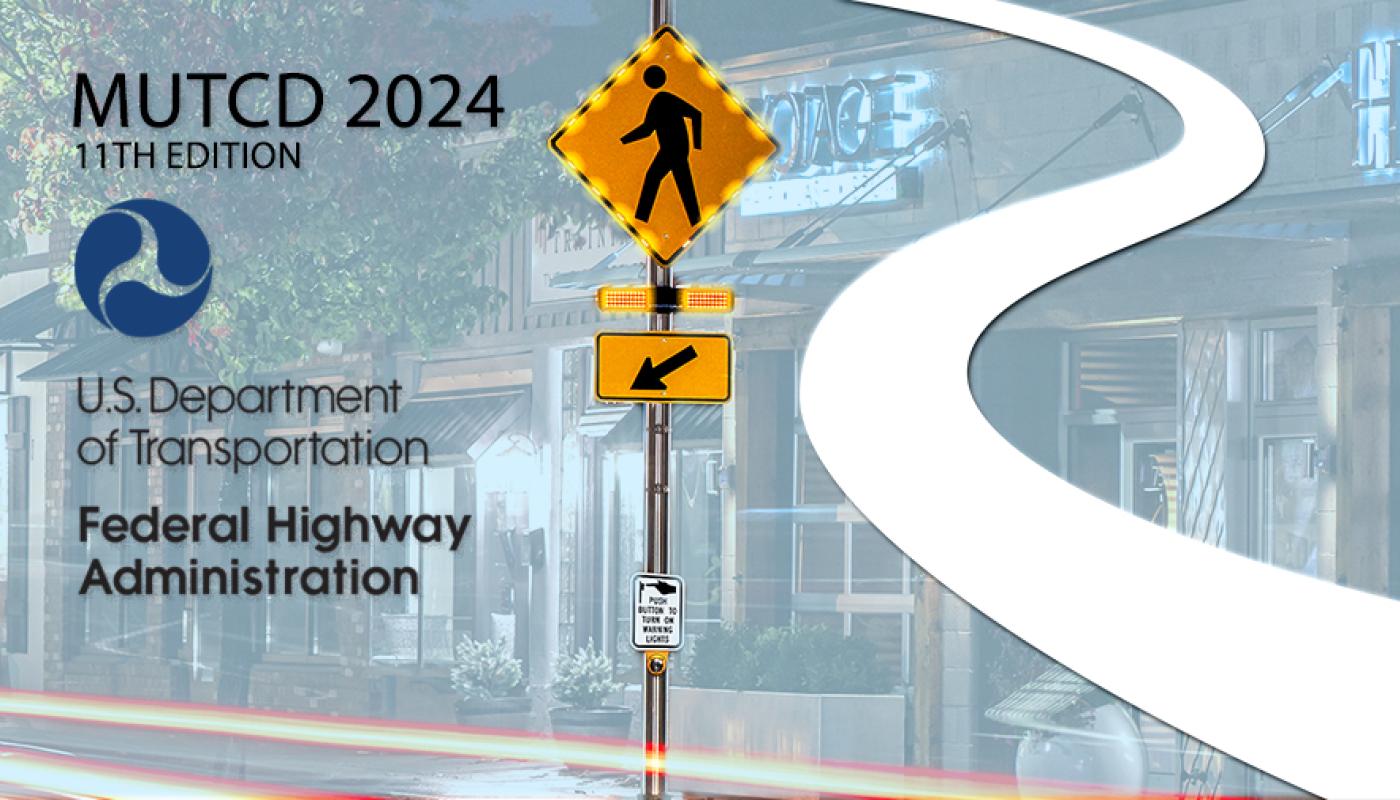A Broader Safety Focus
A primary goal of the 2024 MUTCD is to prioritize road user safety over vehicle speed. One of the most talked-about updates is the de-emphasis of the 85th percentile rule, which was traditionally used to set speed limits based on the fastest-moving traffic. The new guidelines now encourage engineers to consider road context, crash history, and pedestrian activity when setting limits on urban and suburban streets. This shift is expected to reduce road fatalities by allowing for more thoughtful, localized speed settings.
By moving beyond the traditional approach of simply relying on vehicle speeds to set limits, the MUTCD highlights a more holistic approach to roadway safety. This includes accounting for various environmental factors, traffic flow characteristics, and the protection of vulnerable road users such as pedestrians and cyclists.
State-Specific Flexibility
Each state has the freedom to adapt the MUTCD’s baseline to local conditions. For example, states like Texas and Minnesota have made their own adjustments due to unique factors like weather and road usage. These modifications must align with the general framework of the MUTCD but allow for more localized control over road markings, signage, and safety devices.
Key Point:
One example is the rule regarding Flashing LED Stop Signs, which must now blink continuously rather than being radar-actuated. However, in certain residential areas, a 24/7 blinking light might be disruptive to the neighborhood. In these cases, states have the ability to apply for deviations from the guidelines if supported by an engineering study, showing how the change would benefit the community.
This flexibility empowers engineers to tailor the guidelines to suit local road conditions, environmental concerns, and community needs. It also provides a pathway to ensure that safety devices don’t become intrusive or counterproductive in specific situations.
Engineering Judgment and Case-by-Case Flexibility
The 2024 MUTCD emphasizes engineering judgment as a fundamental principle for implementing traffic control devices. Engineers are encouraged to use real-world data, traffic patterns, and road user behavior to guide decisions about traffic safety measures. This allows for deviations from MUTCD standards when warranted by an engineering study, ensuring that local factors are taken into account.
A prime example is the use of Accessible Pedestrian Signals (APS) and Rectangular Rapid Flashing Beacons (RRFBs), both of which are now formally included in the MUTCD. However, the guidelines still allow engineers to assess specific crosswalks and intersections to determine whether these devices are necessary or whether a different solution would better serve the public.
The MUTCD’s framework for case-by-case flexibility ensures that while the national guidelines promote consistency, engineers are not restricted by a one-size-fits-all approach. This is particularly useful for municipalities that may have unique needs or atypical road layouts.
Changes to Crosswalks, Bicyclist Safety, and Transit
The 2024 MUTCD makes notable improvements in protecting vulnerable road users, such as pedestrians and bicyclists. High-visibility crosswalks are now recommended at uncontrolled intersections to enhance visibility and improve safety, particularly in areas with heavy foot traffic or complex intersections. This move recognizes that crosswalk markings alone aren’t always enough to protect pedestrians, especially in high-speed or multi-lane road environments.
Additionally, updates to bicycle and bus lane markings aim to create safer spaces for non-vehicular traffic. The use of green paint for bike lanes and red paint for bus lanes is recommended to increase awareness and reduce collisions. This new color-coding system provides clarity for all road users, helping drivers better navigate shared spaces and improving safety for cyclists and transit passengers.
TraffiCalm’s Approach: Staying Ahead of the 2024 MUTCD
At TraffiCalm, we understand the importance of staying ahead of regulatory changes. That’s why we’re making timely updates to our product lines to ensure we continue delivering the full MUTCD compliance that our customers rely on.
Our engineers are focused on enhancing existing products while upholding the high standards of quality and reliability you’ve come to expect. By proactively addressing the new requirements, you can trust that our products will consistently meet all compliance standards!
Conclusion: Flexibility and Engineering Judgement Drive the 2024 MUTCD
The 2024 MUTCD offers both clear guidelines and the flexibility for states to tailor solutions to their needs. Whether it’s making localized decisions on speed limits or adapting pedestrian signals for high-traffic areas, the MUTCD’s emphasis on engineering judgment allows for thoughtful, data-driven decisions that prioritize safety. With TraffiCalm’s proactive approach to product compliance, we’re ready to support you in navigating these changes and keeping your projects on track.
By understanding how the new guidelines can be interpreted and applied in different contexts, state and local agencies can ensure that their roadways are not only compliant but also safer and more responsive to the needs of their communities.
